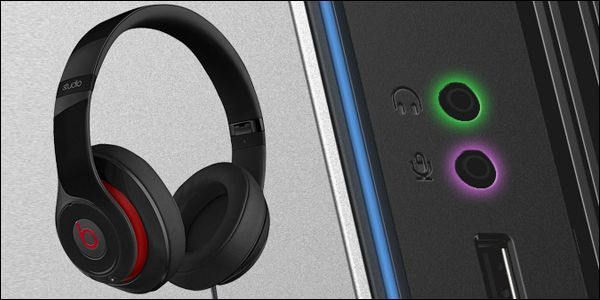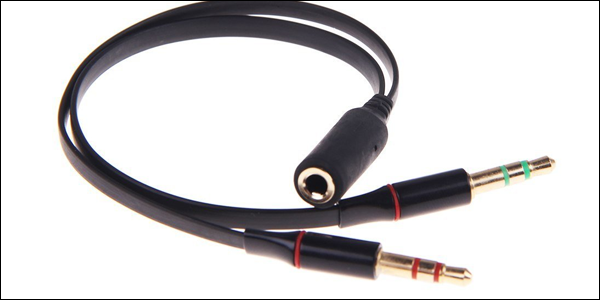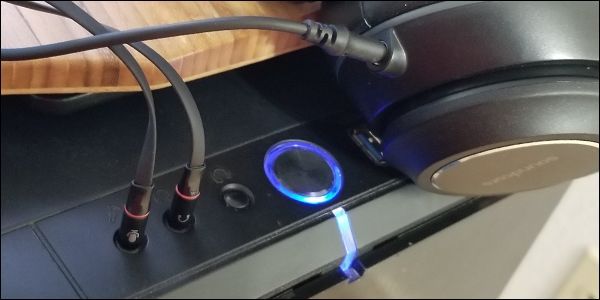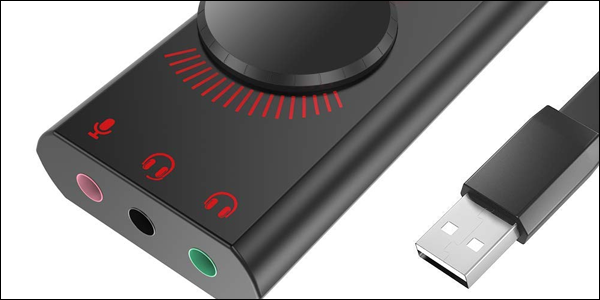You've invested a lot of money into a pair of quality headphones with a built-in mic for your phone. Wouldn't it be great if you could use it for gaming or VOIP calls on your desktop PC? Good news: You can.
The big obstacle to using your nice headphones or earbuds with a desktop PC is that most full-sized desktops separate headphone and microphone jacks, while phones and laptops combine them into a single 3.5mm port. So, you can either plug them into a desktop's headphone audio-out port and listen or plug them into the microphone-in port and use them to speak---but, not both.
You can use Bluetooth if your headphones have them, but that connection is meant for mobile devices and isn't really up to snuff regarding latency or quality. Luckily, high-end Bluetooth headphones generally have a line-in option that makes them wired for older gadgets and times when the battery dies. We suggest using it for any PC applications.
Fortunately, the solution to this problem is simple. If your PC doesn't offer a combination in/out headphone jack, you can get a cheap adapter that splits the signal into two: the audio going to the drivers in your headphones and the audio coming from the microphone. Here's one on Amazon for $6 for this exact situation.
Once you have your cable adapter, just plug your headphones into the female port and the male ports into the appropriate jacks on your computer. These are generally color-coded---pink for the microphone, green for the headphones or speakers---if they don't have icons near the port. Next, choose the correct audio sources in Windows, and you're good to go.
These adapters aren't 100% guaranteed to work---there's enough variation among mobile headphones that you might run into a pairing that's incompatible. But they're inexpensive enough that it's not a big deal if you get unlucky. If you want something a little more reliable with some easy controls for volume and mute, you can get an inexpensive USB sound card. Some models, like this one, add the combined port your desktop is lacking.
It's too bad that there's not a software solution to this problem, but a few dollars for some extra hardware is a small price for being able to use your headphones (and their built-in mic) everywhere.
Image credit: Amazon




